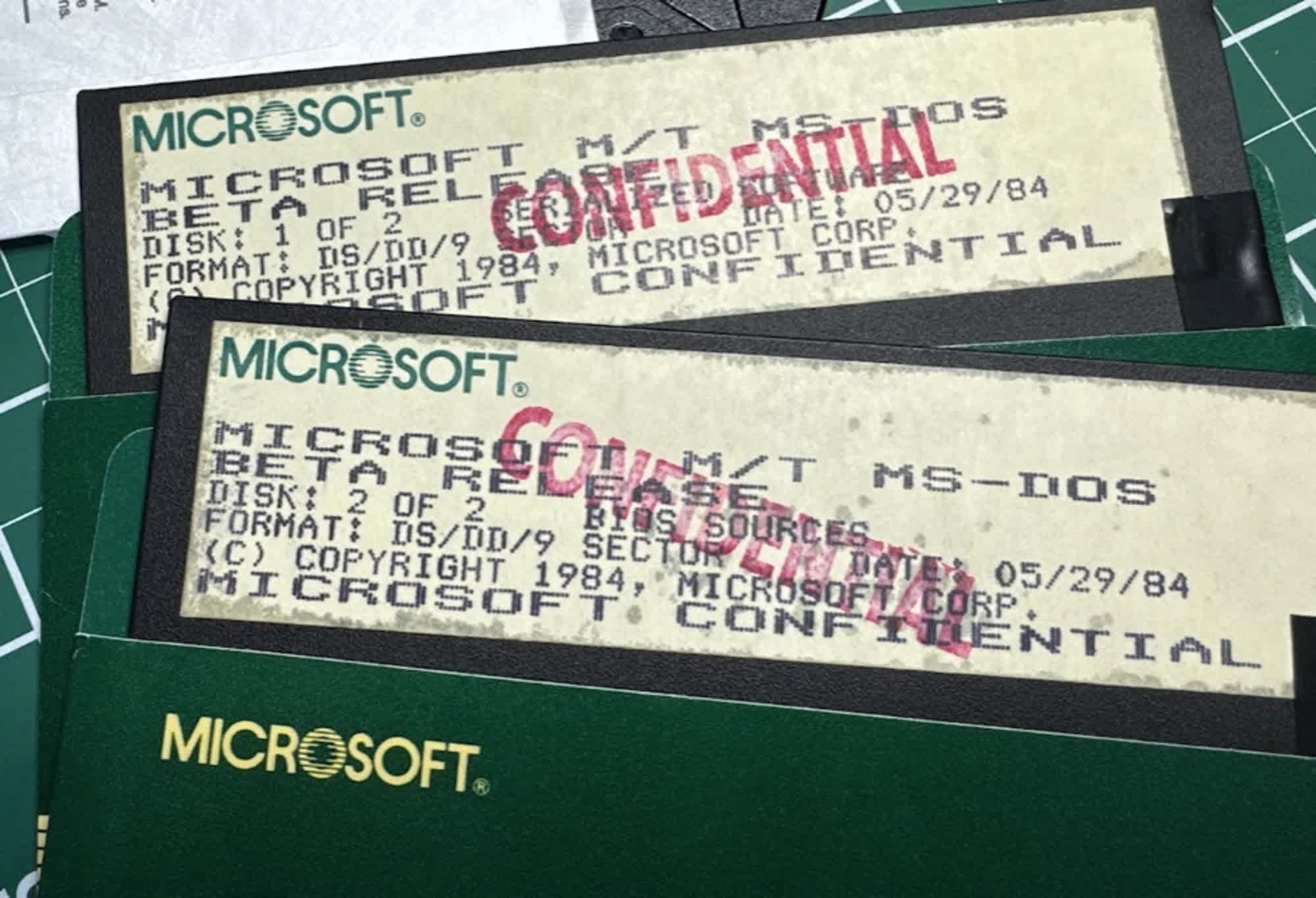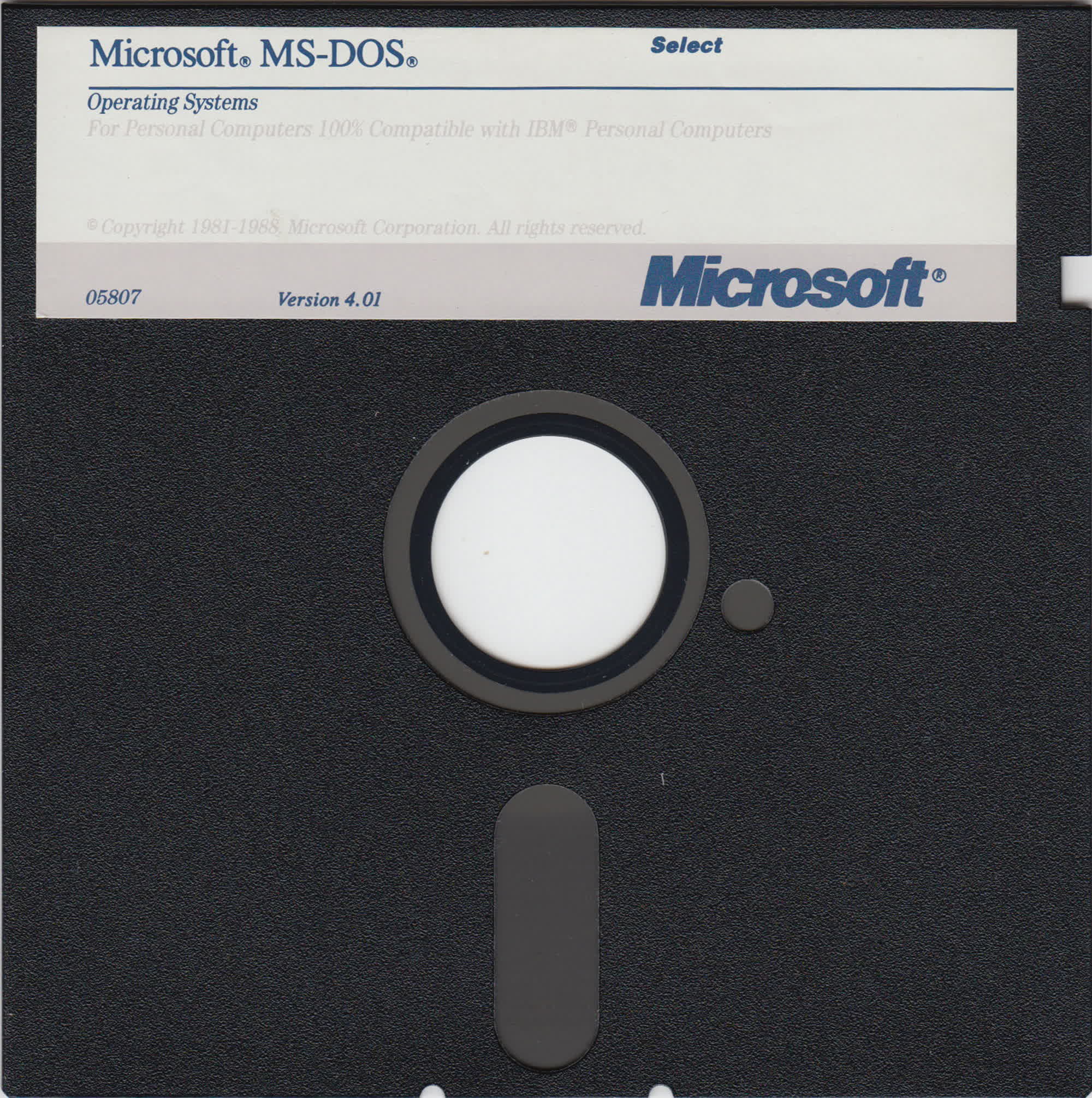TL;DR: Microsoft will likely never release the original source code of Windows into the wild, but the company is clearly interested in sharing important episodes of its software development history. MS-DOS 4.0 has now become part of this shared history.
Ten years after releasing the source code of MS-DOS 1.25 and 2.0, Microsoft is making yet another contribution to the world of open-source software preservation. Working in partnership with IBM and "in the spirit of open innovation," the company has released the source code of MS-DOS 4.00 under an MIT license.
Earlier MS-DOS editions held an important place in the history of software as an operating system written entirely in 8086 assembly code 45 years ago, Microsoft remarks. MS-DOS 4 has a "somewhat complex" and fascinating history as well, because Microsoft partnered with IBM to create the OS while working on a completely different branch designed for multitasking environments.
This "Multitasking DOS" or MT-DOS never saw a widespread market release, and it was later abandoned to build MS-DOS 5.x and MS-DOS 6.x before the Windows 9x era. The new open source release doesn't include this multitasking-based DOS, but it provides some additional material that software historians will likely find rather interesting nonetheless.

Microsoft decided to open source MS-DOS 4 after a young English researcher (Connor "Starfrost" Hyde) got in touch with Ray Ozzie. The company's former Chief Technical Officer had some unreleased beta binaries of MS-DOS 4.0 in his archives, which he received while working at Lotus. Starfrost was interested in documenting the relationship between DOS 4, MT-DOS, and OS/2, and he was also trying to persuade the Microsoft Open Source Programs Office (OSPO) to release DOS 4 code.
Working with internet archivists and software enthusiasts, OSPO and Starfrost were able to find the full source code of MS-DOS 4.00, which Microsoft is now releasing together with Ozzie's beta binaries, PDF files of the original documentation, and disk image files that can be used with PC emulators (PCem, 86Box) to bring the operating system back to life on modern systems.
Microsoft says the images were successfully tested and ran directly on an original IBM PC XT computer (the IBM 5150?), a newer Pentium-based system, and within the aforementioned open-source PC emulators. MS-DOS 4.x was well known for containing many bugs and compatibility issues, so traditional users interested in taking the DOS prompt for a stroll will likely fare much better with DOSBox or the latest releases of MS-DOS 6.x that can be easily found online.
